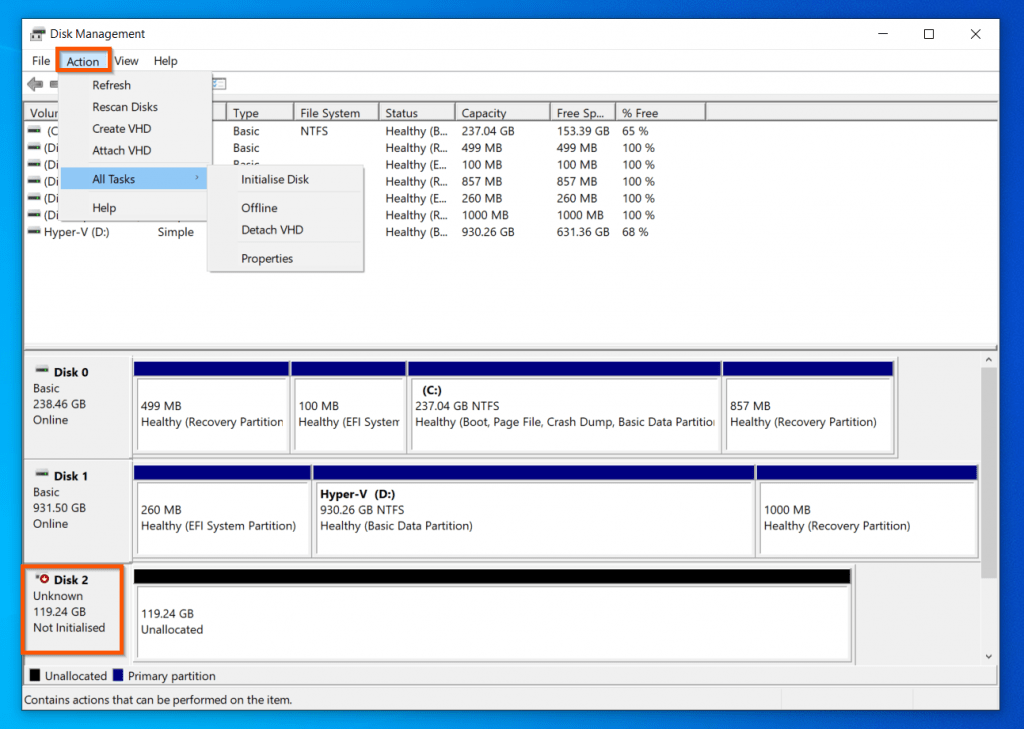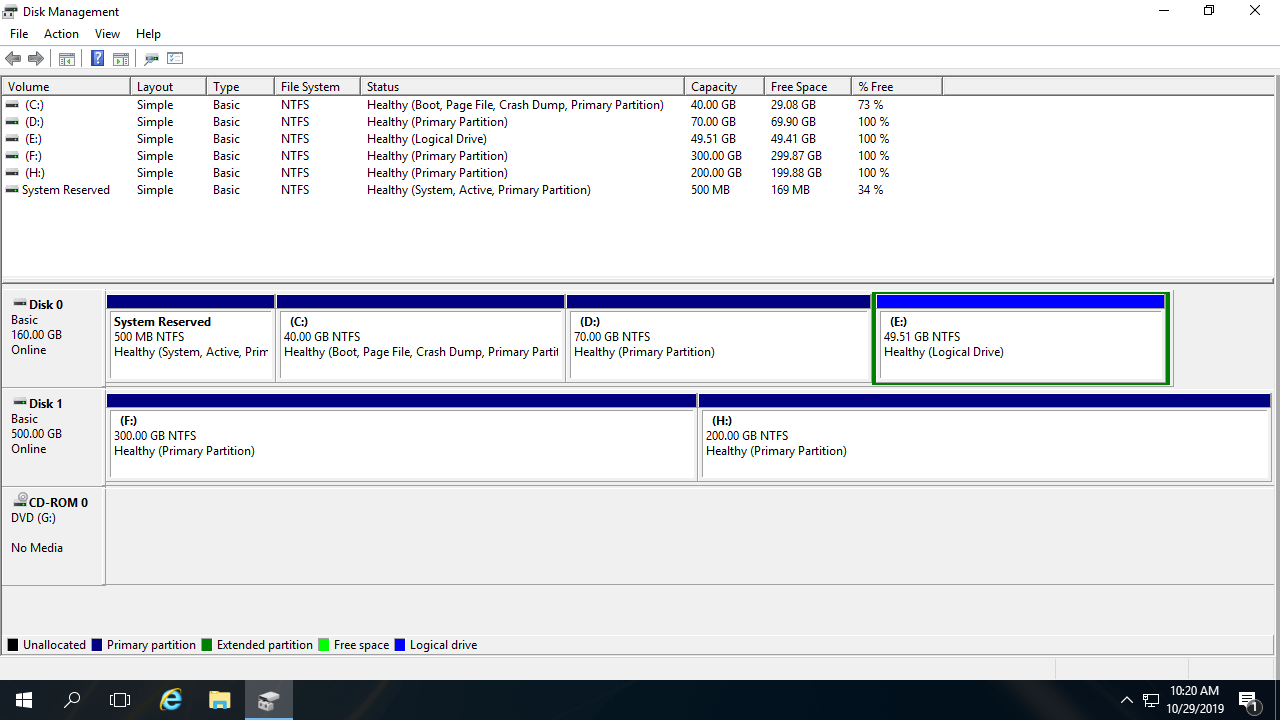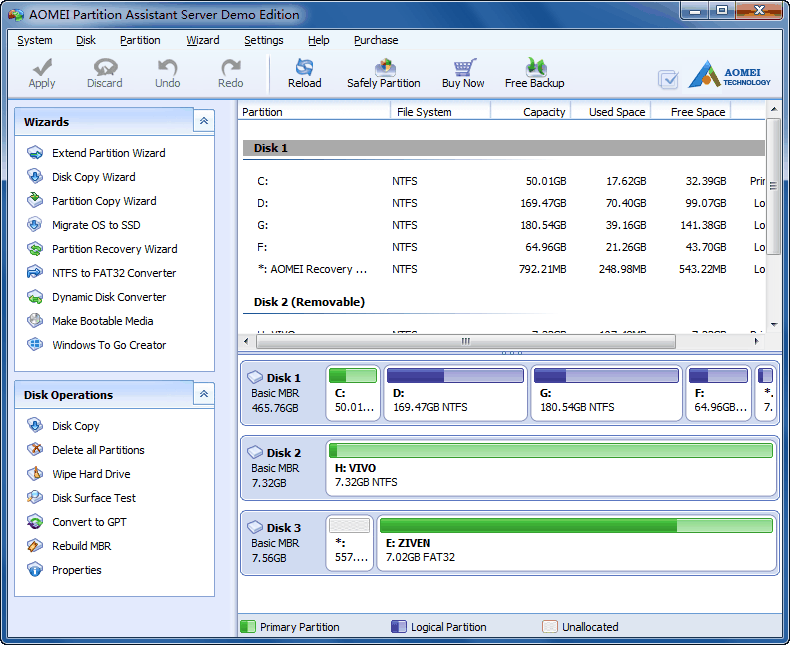

If you partition a disk into multiple sections, each section can have its own drive letter.

Well, the C drive is simply the designator for a disk partition.

You’re probably very familiar with the C drive used by Windows Server 2008 R2. This is a high-level formatting that creates the file system structure rather than a low-level formatting that sets up the drive for initial use. Physical disks with the GPT partition style can have up to 128 partitions.Īfter you partition a drive, you format the partitions to assign drive letters. With this in mind, you might want to divide a 600-GB extended partition into three logical drives of 200 GB each. Generally, you use logical drives to divide a large drive into manageable sections. A logical drive is simply a section of a partition with its own file system. Within an extended partition, you can create one or more logical drives. A primary partition can fill an entire disk, or you can size it as appropriate for the workstation or server you’re configuring. This allows you to configure MBR drives in one of two ways: by using one to four primary partitions, or by using one to three primary partitions and one extended partition. In Windows Server 2008 R2, a physical drive using the MBR partition style can have up to four primary partitions and one extended partition. You partition drives using Disk Management. When you install a new computer or update an existing computer, you often need to partition the drives on the computer.


 0 kommentar(er)
0 kommentar(er)
